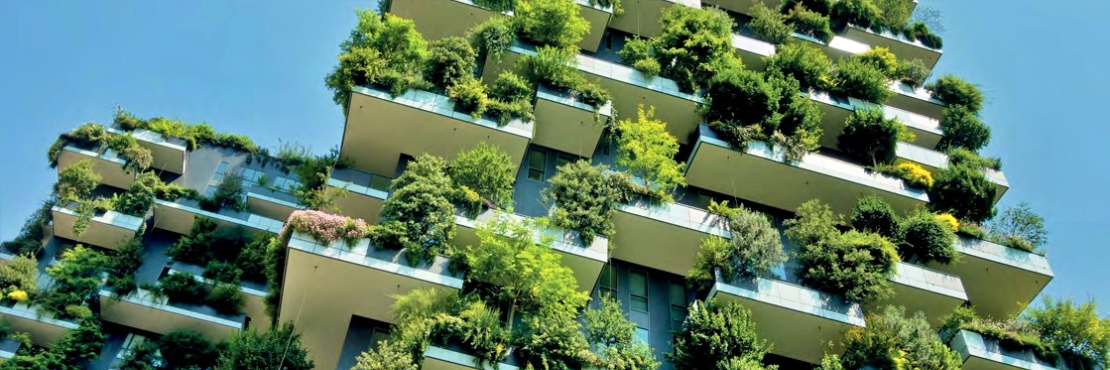Damian Carrington, Environment Editor of The Guardian writes:
Tackling the global nature crisis could create 400m jobs and $10tn (£8tn) in business value each year by 2030, according to a report published by the World Economic Forum. The report warns that when the world recovers from the coronavirus pandemic there can be no business-as-usual, with today’s destruction of the natural world threatening over half of global GDP. In 2019 scientists warned that human society was in jeopardy from the accelerating decline of the Earth’s natural life-support systems.
The report, from the New Nature Economy project, published by the WEF, says a nature-first approach from business and political leaders will be a jobs-first solution.
 “There will be no jobs or prosperity on a dead planet,” said Alan Jope, chief executive of Unilever and a WEF partner.
“There will be no jobs or prosperity on a dead planet,” said Alan Jope, chief executive of Unilever and a WEF partner.
WEF, which brings together leaders and hosts the annual Davos summit, said three sectors were responsible for endangering 80% of threatened species – food and land use, infrastructure and building, and energy and mining. But it said these sectors also had the most to gain from a nature-led recovery.
The report says: “We are reaching irreversible tipping points for nature and climate. If recovery efforts do not address the looming planetary crises, a critical window of opportunity to avoid their worst impact will be irreversibly lost. Decisions on how to deploy the post-Covid crisis stimulus packages will likely shape societies and economies for decades.”
Akanksha Khatri, head of WEF’s Nature Action Agenda, said: “Nature can provide the jobs our economies need. There is nothing stopping businesses and governments from implementing these plans today, at scale, to re-employ millions.”
The first element is to locate infrastructure so as to avoid, or at least to minimize, the destruction or fragmentation of primary ecosystems and of the habitats of endangered species. Since habitats, biodiversity, and ecosystem services are highly location specific, determining the least destructive placement requires effective spatial planning to identify areas for human development. Geospatially explicit national and regional land-use planning that integrates biodiversity and climate concerns is essential to ensure successful nature- and climate-smart development. China’s Ecological Conservation Red Line (ECRL) is a leading example of a legal and regulatory framework that includes maps of biodiversity, ecosystem services and existing land uses in long-term strategic landuse development planning.
“The green roof market is expected to be worth $9 billion in 2020 and could grow at around 12% annually through 2030, creating an incremental annual opportunity of $15 billion”
Grand View Research
Market Analysis Report
The second element of a nature-positive built environment is to design infrastructure systematically in ways that are energy and resource efficient, maximize biodiversity and ecosystem services, and build resilience to climate change. For instance, deciding on components as seemingly simple as roof design can increase energy production (e.g. through solar panels) and reduce flooding and the urban heat-island effect (e.g. through green roofs), while green façades can reduce air pollution by up to 20% and traffic noise by up to 10 decibels.
Buildings can be designed to use sun, rain and wind to help with cooling, heating, light and ventilation. A range of supporting policy mechanisms design for better outcomes, including mandatory standards for buildings’ energy efficiency and circularity, procurement rules that call for the use of sustainable materials, and subsidies that promote green buildings. It is particularly critical for new infrastructure to be nature-positive, given that design decisions for existing infrastructure and their consequent impact on the environment are locked in for years to come. Most infrastructure lasts for 30 to 50 years; 90% of buildings currently in use in the European Union will still be in use in 2050.
Read more: Nature-led coronavirus recovery could create $10tn a year, says WEF
 Greenroofs.comConnecting the Planet + Living Architecture
Greenroofs.comConnecting the Planet + Living Architecture





